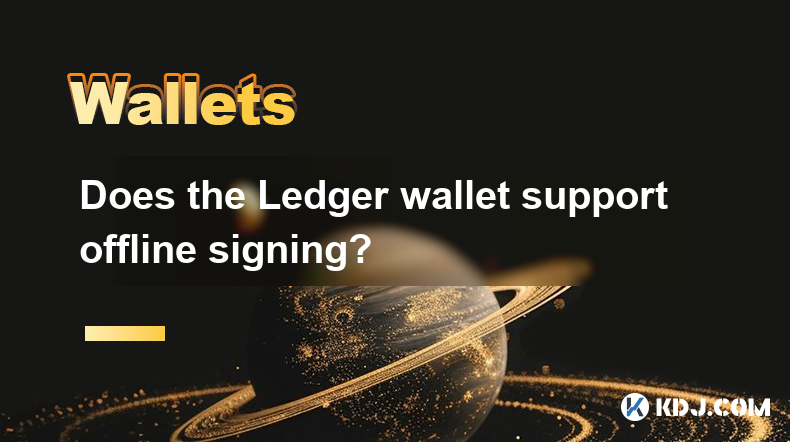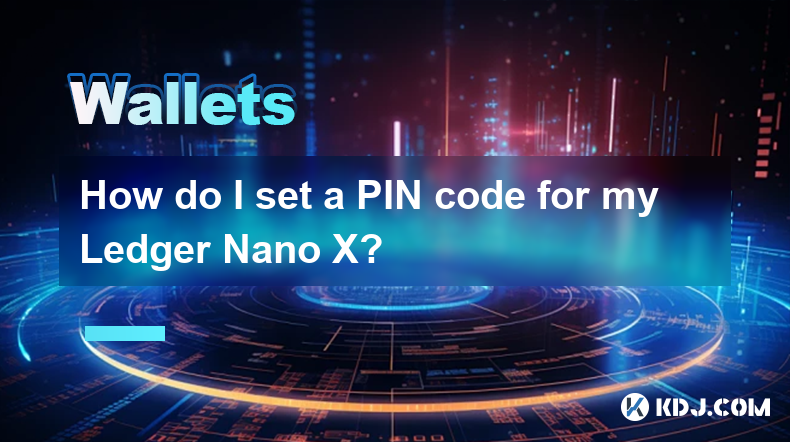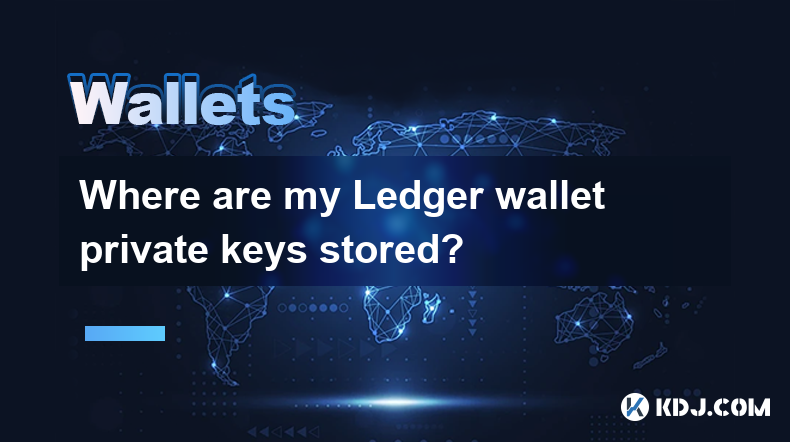-
 Bitcoin
Bitcoin $76,444.7530
-3.77% -
 Ethereum
Ethereum $1,473.8355
-5.46% -
 Tether USDt
Tether USDt $0.9991
-0.08% -
 XRP
XRP $1.7965
-5.51% -
 BNB
BNB $553.4919
-0.36% -
 USDC
USDC $0.9999
-0.02% -
 Solana
Solana $105.2981
-1.74% -
 TRON
TRON $0.2303
0.81% -
 Dogecoin
Dogecoin $0.1422
-4.62% -
 Cardano
Cardano $0.5587
-4.41% -
 UNUS SED LEO
UNUS SED LEO $8.9866
1.01% -
 Toncoin
Toncoin $2.9933
-4.74% -
 Chainlink
Chainlink $10.9113
-4.81% -
 Stellar
Stellar $0.2215
-4.76% -
 Avalanche
Avalanche $16.1163
-3.29% -
 Sui
Sui $1.9371
-3.89% -
 Shiba Inu
Shiba Inu $0.0...01065
-6.69% -
 Hedera
Hedera $0.1469
-3.29% -
 MANTRA
MANTRA $6.2058
-1.53% -
 Dai
Dai $1.0000
0.01% -
 Bitcoin Cash
Bitcoin Cash $269.3457
-2.08% -
 Polkadot
Polkadot $3.3773
-5.87% -
 Litecoin
Litecoin $69.2204
-2.50% -
 Ethena USDe
Ethena USDe $0.9986
-0.01% -
 Bitget Token
Bitget Token $4.0180
-3.25% -
 Pi
Pi $0.5649
-4.50% -
 Hyperliquid
Hyperliquid $11.1928
-2.80% -
 Monero
Monero $195.3885
-4.41% -
 OKB
OKB $50.9235
-0.59% -
 Uniswap
Uniswap $4.7688
-6.95%
How to export private keys in Rabby Wallet?
Exporting private keys in Rabby Wallet is crucial for managing crypto assets; follow our step-by-step guide to do it safely and efficiently.
Apr 05, 2025 at 03:01 pm

Introduction to Rabby Wallet
Rabby Wallet is a popular cryptocurrency wallet that offers a user-friendly interface and robust security features. One of the essential functions that users often need to perform is exporting their private keys. Exporting private keys is crucial for managing your cryptocurrency assets, as it allows you to access your funds on different platforms or recover them in case of wallet issues. In this article, we will guide you through the process of exporting private keys in Rabby Wallet, ensuring you can do so safely and efficiently.
Understanding Private Keys
Before diving into the export process, it's important to understand what private keys are. A private key is a secret number that allows you to spend the cryptocurrencies associated with a specific address. It is crucial to keep your private keys secure, as anyone with access to them can control your funds. Rabby Wallet uses private keys to manage your assets, and exporting them can be necessary for various reasons, such as transferring to a different wallet or performing advanced operations.
Preparing to Export Private Keys
To ensure a smooth process, you should prepare adequately before exporting your private keys. First, ensure that you are using a secure and trusted device. Avoid using public computers or devices that may be compromised. Additionally, make sure you have a safe place to store your exported private keys, such as a hardware wallet or a secure offline storage solution. It's also a good idea to back up your wallet's recovery phrase before proceeding, as an extra layer of security.
Step-by-Step Guide to Exporting Private Keys
Now, let's walk through the detailed steps to export your private keys in Rabby Wallet:
- Open Rabby Wallet: Launch the Rabby Wallet application on your device. Ensure you are logged in to your account.
- Navigate to the Wallet Section: Once logged in, go to the main dashboard and select the wallet from which you want to export the private key.
- Access the Settings: Click on the settings icon, usually located in the top right corner of the screen.
- Select the Account: In the settings menu, find and select the account for which you want to export the private key.
- Export Private Key: Look for an option labeled "Export Private Key" or something similar. Click on it to proceed.
- Confirm the Action: You will likely be prompted to confirm your action. This is a security measure to ensure you are intentionally exporting the private key. Confirm the action as required.
- Enter Your Password: You will be asked to enter your wallet password to proceed. Enter it carefully and click on the "Confirm" or "Export" button.
- View and Save the Private Key: Once your password is verified, the private key will be displayed on the screen. Make sure to copy it accurately and save it in a secure location. Do not share it with anyone.
Security Measures When Exporting Private Keys
Exporting private keys involves significant security risks, so it's essential to take appropriate measures to protect your assets. Never share your private keys with anyone, as doing so can lead to the loss of your funds. Additionally, avoid storing your private keys in easily accessible locations, such as cloud storage or email. Instead, use a hardware wallet or a secure offline storage solution. If you need to write down your private key, use a pen and paper and store it in a safe place, such as a locked drawer or a safe.
Troubleshooting Common Issues
While exporting private keys in Rabby Wallet is generally straightforward, you may encounter some issues. Here are some common problems and their solutions:
- Password Issues: If you forget your password, you will not be able to export your private key. In this case, you will need to use your recovery phrase to restore your wallet and set a new password.
- Technical Glitches: If the wallet application crashes or freezes during the export process, restart the application and try again. Ensure your device has sufficient memory and processing power.
- Security Warnings: If you receive security warnings during the export process, do not ignore them. These warnings are designed to protect your assets. Follow the recommended security practices to proceed safely.
Frequently Asked Questions
Q: Can I export private keys from Rabby Wallet to another wallet?
A: Yes, you can export private keys from Rabby Wallet and import them into another compatible wallet. Ensure that the destination wallet supports the same cryptocurrency and follows the same private key format.
Q: Is it safe to export private keys from Rabby Wallet?
A: Exporting private keys can be safe if done correctly. Always use a secure device, store the keys in a safe location, and never share them with anyone. Follow the security measures outlined in this article to minimize risks.
Q: What should I do if I lose my private keys after exporting them?
A: If you lose your private keys after exporting them, you will need to rely on your wallet's recovery phrase to restore access to your funds. Always keep your recovery phrase in a secure location separate from your private keys.
Q: Can I export private keys for multiple accounts at once in Rabby Wallet?
A: No, Rabby Wallet typically requires you to export private keys for each account individually. Follow the step-by-step guide for each account you need to export keys from.
Disclaimer:info@kdj.com
The information provided is not trading advice. kdj.com does not assume any responsibility for any investments made based on the information provided in this article. Cryptocurrencies are highly volatile and it is highly recommended that you invest with caution after thorough research!
If you believe that the content used on this website infringes your copyright, please contact us immediately (info@kdj.com) and we will delete it promptly.
- "Cardano (ADA) Price Could Dip Below $0.60, Following Previous Market Cycle"
- 2025-04-09 05:10:12
- BONK, the well-known meme coin, has risen over 35% in the last week, attracting meme coin investors in the market. So, what caused this rally?
- 2025-04-09 05:10:12
- Bitcoin (BTC) Investors May Not Exactly Feel It, but BTC Has Been a Relatively Good Bet
- 2025-04-09 05:05:12
- Donald's Bitcoin (DONBTC) Could Turn Early Investors into Multi-Millionaires, Like Shiba Inu (SHIB) and Dogecoin (DOGE) Did
- 2025-04-09 05:05:12
- 6 Upcoming Kraken Listings That Could Be the Next Big Thing in Crypto
- 2025-04-09 05:00:13
- COTI Unveils New Privacy-Focused Blockchain to Reshape Web3 Transactions
- 2025-04-09 05:00:13
Related knowledge

Does the Ledger wallet support offline signing?
Apr 09,2025 at 04:49am
Introduction to Ledger Wallet and Offline SigningThe Ledger wallet is a popular hardware wallet used by cryptocurrency enthusiasts to securely store their digital assets. One of the key features that users often inquire about is offline signing. Offline signing, also known as cold signing, is a security measure that allows users to sign transactions wit...

How do I send Ethereum to my Ledger wallet?
Apr 09,2025 at 03:21am
Sending Ethereum to your Ledger wallet involves a few straightforward steps, but it's crucial to follow them carefully to ensure the security of your funds. In this guide, we'll walk you through the process of transferring Ethereum to your Ledger wallet, ensuring that you understand each step and the necessary precautions. Preparing Your Ledger WalletBe...

How do I set a PIN code for my Ledger Nano X?
Apr 08,2025 at 11:14pm
Setting a PIN code for your Ledger Nano X is a crucial step in securing your cryptocurrency assets. The PIN code acts as a primary layer of security, ensuring that only you can access your device. In this article, we will guide you through the process of setting up a PIN code on your Ledger Nano X, ensuring that you follow each step meticulously to main...

Where are my Ledger wallet private keys stored?
Apr 08,2025 at 10:35pm
When using a Ledger hardware wallet, one of the most critical aspects to understand is the storage and management of your private keys. This article will delve into the specifics of where your Ledger wallet private keys are stored, ensuring you have a comprehensive understanding of their security and accessibility. Understanding Private Keys in Ledger W...

What is the difference between Ledger Nano S and Nano X?
Apr 09,2025 at 12:49am
When it comes to securing your cryptocurrencies, hardware wallets are often recommended as the safest option. Among the most popular hardware wallets are the Ledger Nano S and Ledger Nano X. Both devices are produced by Ledger, a well-known company in the cryptocurrency security industry. This article will delve into the differences between these two de...

How do I enable the Shield Transaction feature on Trezor?
Apr 08,2025 at 10:28pm
Enabling the Shield Transaction feature on Trezor involves a series of steps that allow you to enhance the privacy of your cryptocurrency transactions. This feature is particularly useful for users who want to protect their transaction history from being easily traced on the blockchain. In this article, we will guide you through the process of enabling ...

Does the Ledger wallet support offline signing?
Apr 09,2025 at 04:49am
Introduction to Ledger Wallet and Offline SigningThe Ledger wallet is a popular hardware wallet used by cryptocurrency enthusiasts to securely store their digital assets. One of the key features that users often inquire about is offline signing. Offline signing, also known as cold signing, is a security measure that allows users to sign transactions wit...

How do I send Ethereum to my Ledger wallet?
Apr 09,2025 at 03:21am
Sending Ethereum to your Ledger wallet involves a few straightforward steps, but it's crucial to follow them carefully to ensure the security of your funds. In this guide, we'll walk you through the process of transferring Ethereum to your Ledger wallet, ensuring that you understand each step and the necessary precautions. Preparing Your Ledger WalletBe...

How do I set a PIN code for my Ledger Nano X?
Apr 08,2025 at 11:14pm
Setting a PIN code for your Ledger Nano X is a crucial step in securing your cryptocurrency assets. The PIN code acts as a primary layer of security, ensuring that only you can access your device. In this article, we will guide you through the process of setting up a PIN code on your Ledger Nano X, ensuring that you follow each step meticulously to main...

Where are my Ledger wallet private keys stored?
Apr 08,2025 at 10:35pm
When using a Ledger hardware wallet, one of the most critical aspects to understand is the storage and management of your private keys. This article will delve into the specifics of where your Ledger wallet private keys are stored, ensuring you have a comprehensive understanding of their security and accessibility. Understanding Private Keys in Ledger W...

What is the difference between Ledger Nano S and Nano X?
Apr 09,2025 at 12:49am
When it comes to securing your cryptocurrencies, hardware wallets are often recommended as the safest option. Among the most popular hardware wallets are the Ledger Nano S and Ledger Nano X. Both devices are produced by Ledger, a well-known company in the cryptocurrency security industry. This article will delve into the differences between these two de...

How do I enable the Shield Transaction feature on Trezor?
Apr 08,2025 at 10:28pm
Enabling the Shield Transaction feature on Trezor involves a series of steps that allow you to enhance the privacy of your cryptocurrency transactions. This feature is particularly useful for users who want to protect their transaction history from being easily traced on the blockchain. In this article, we will guide you through the process of enabling ...
See all articles






















































































